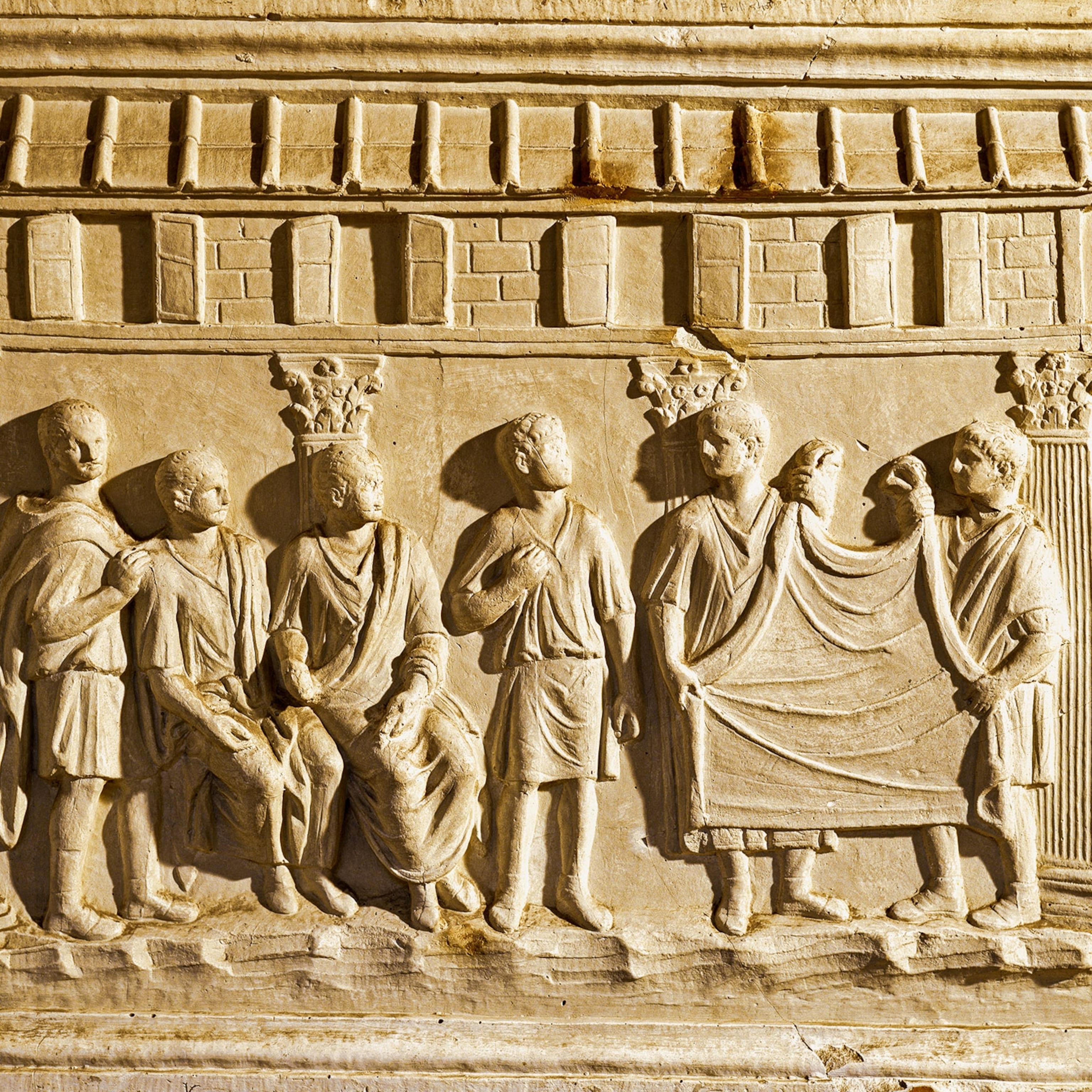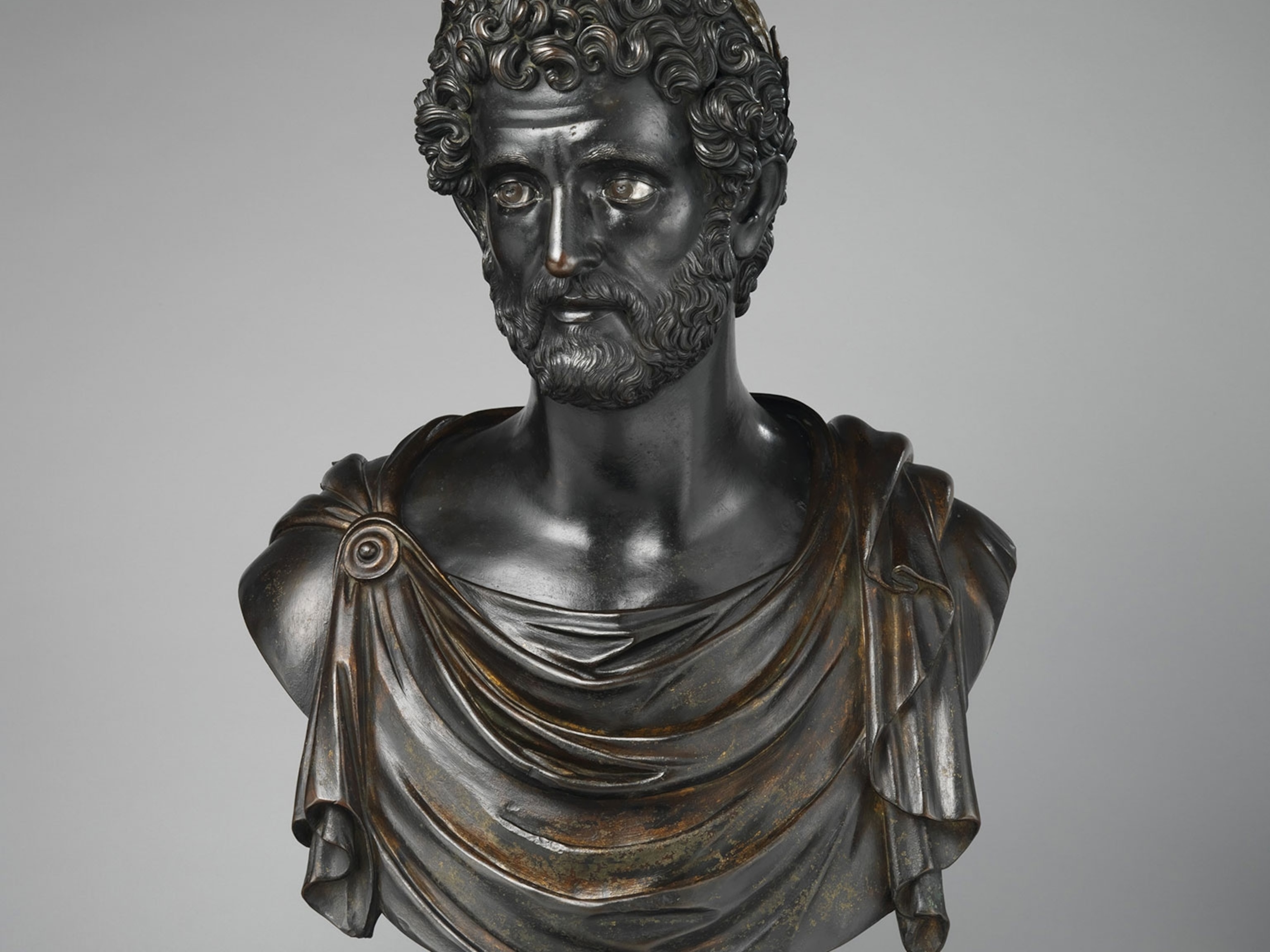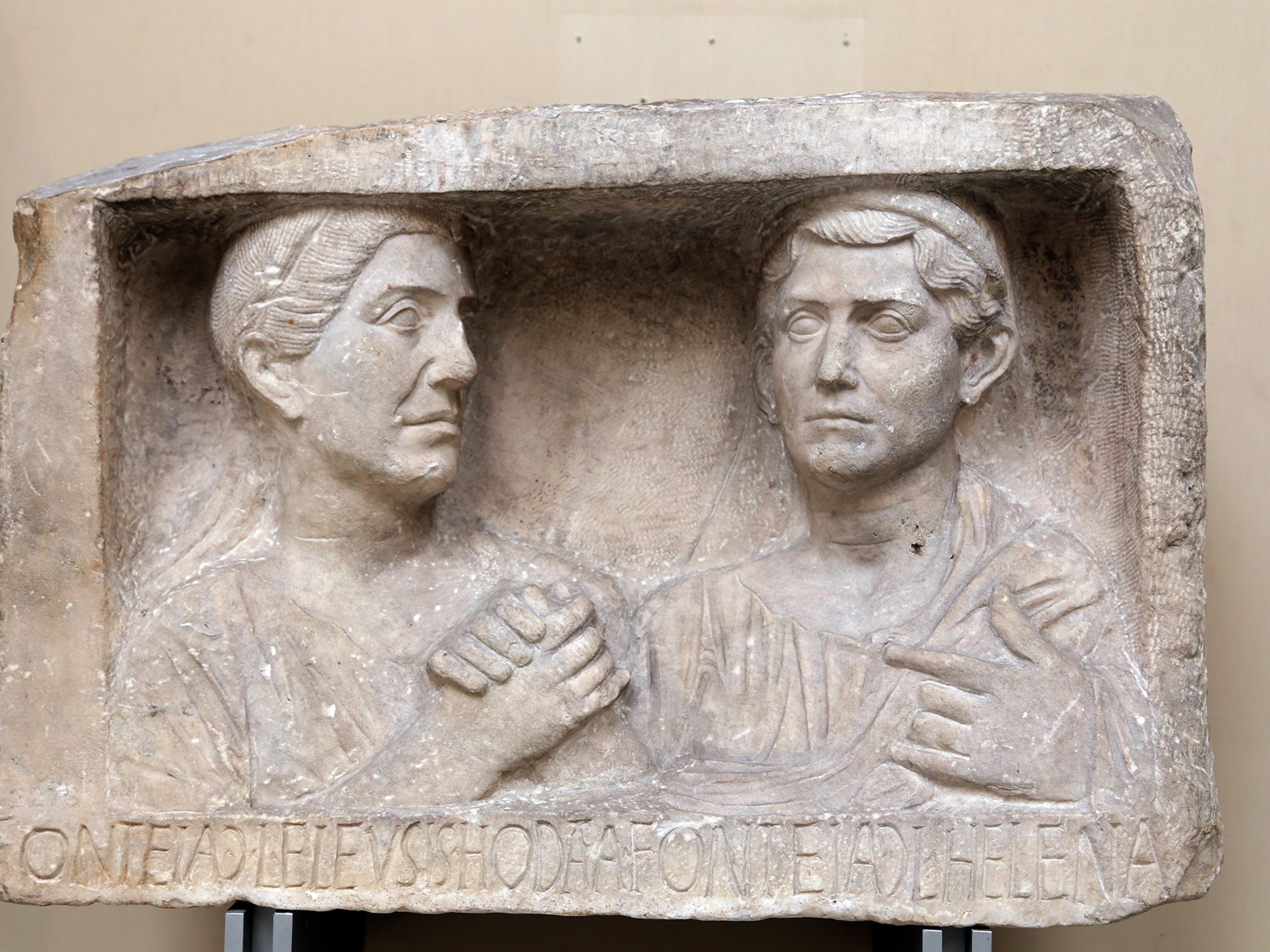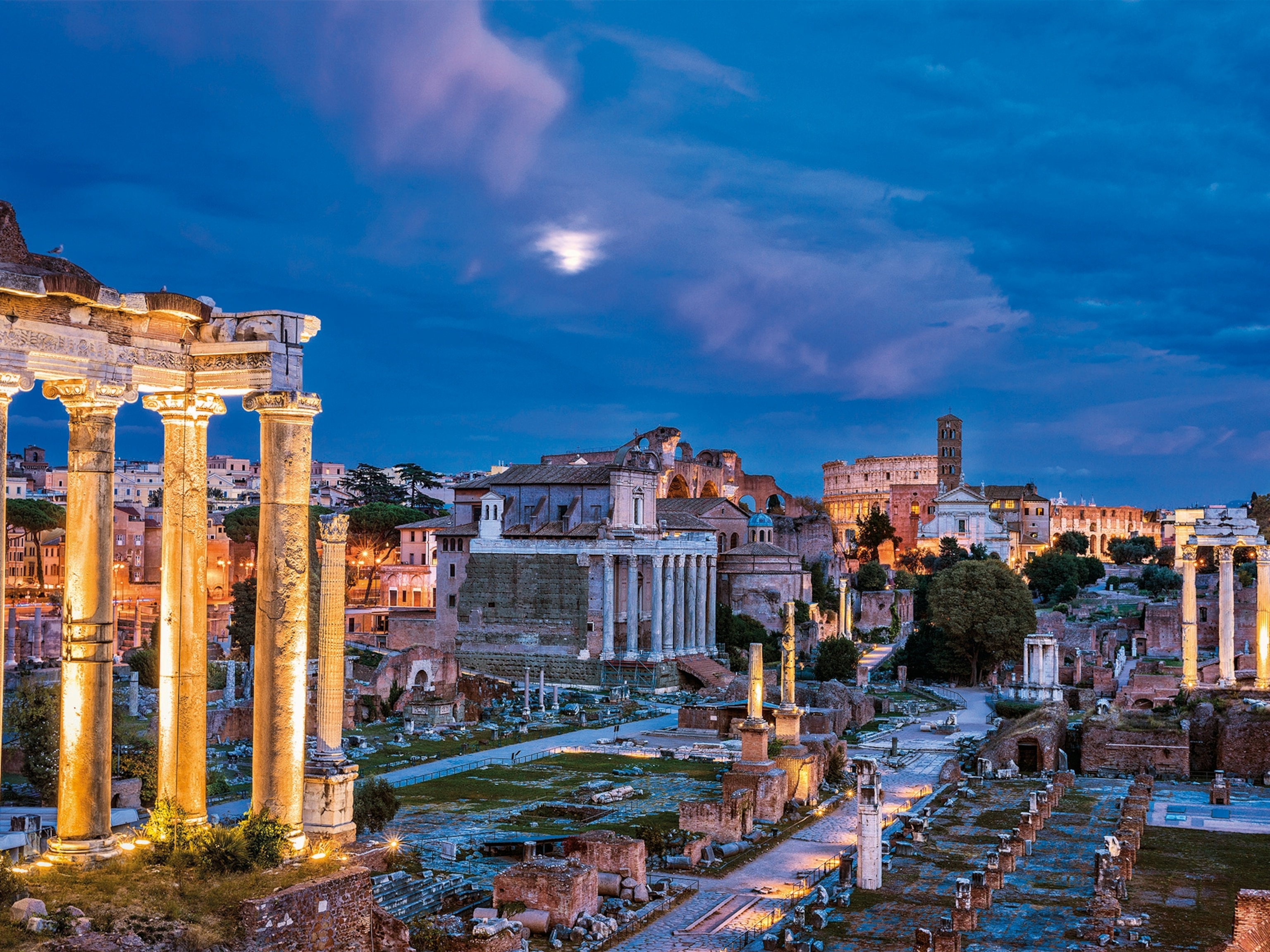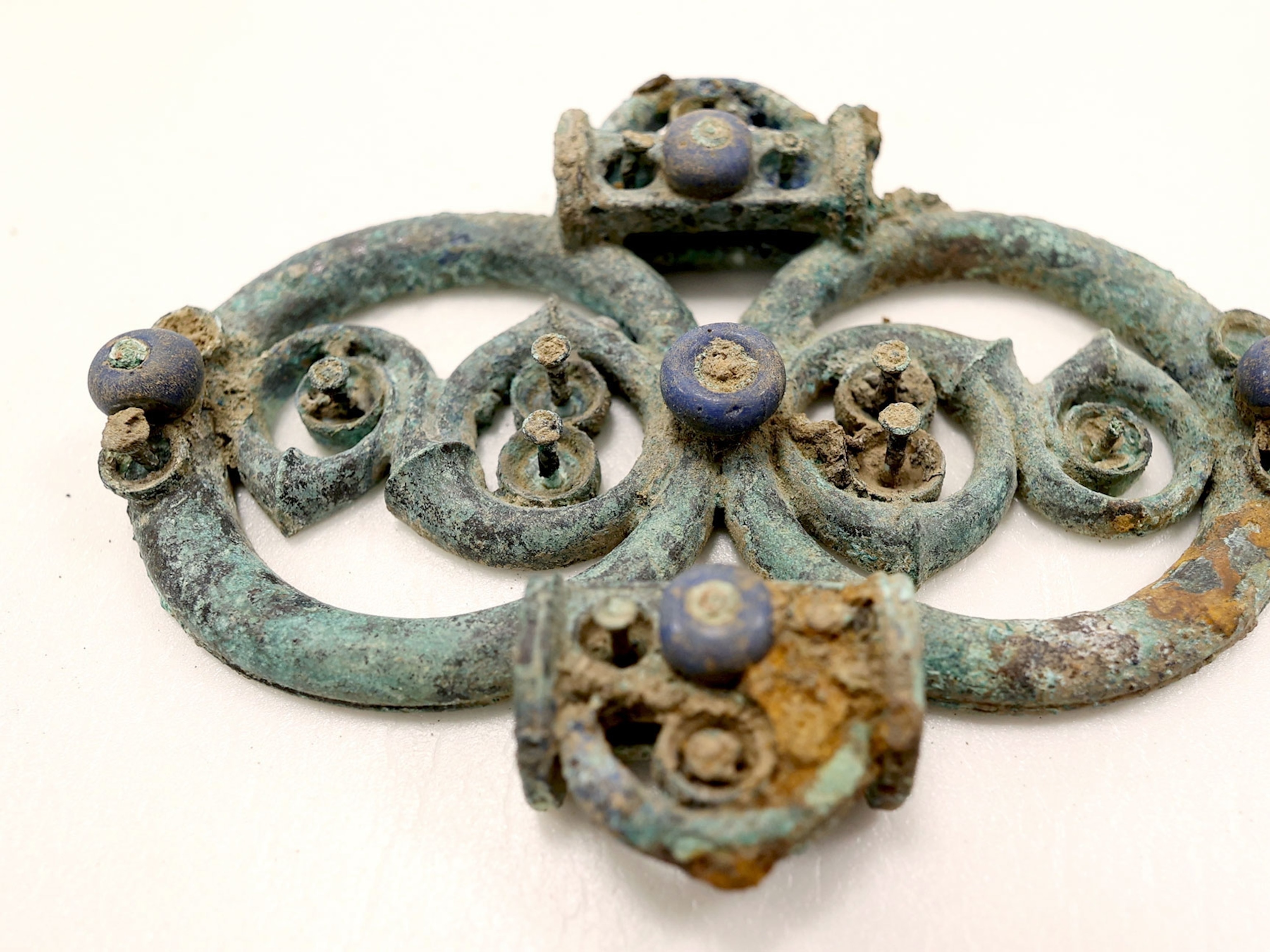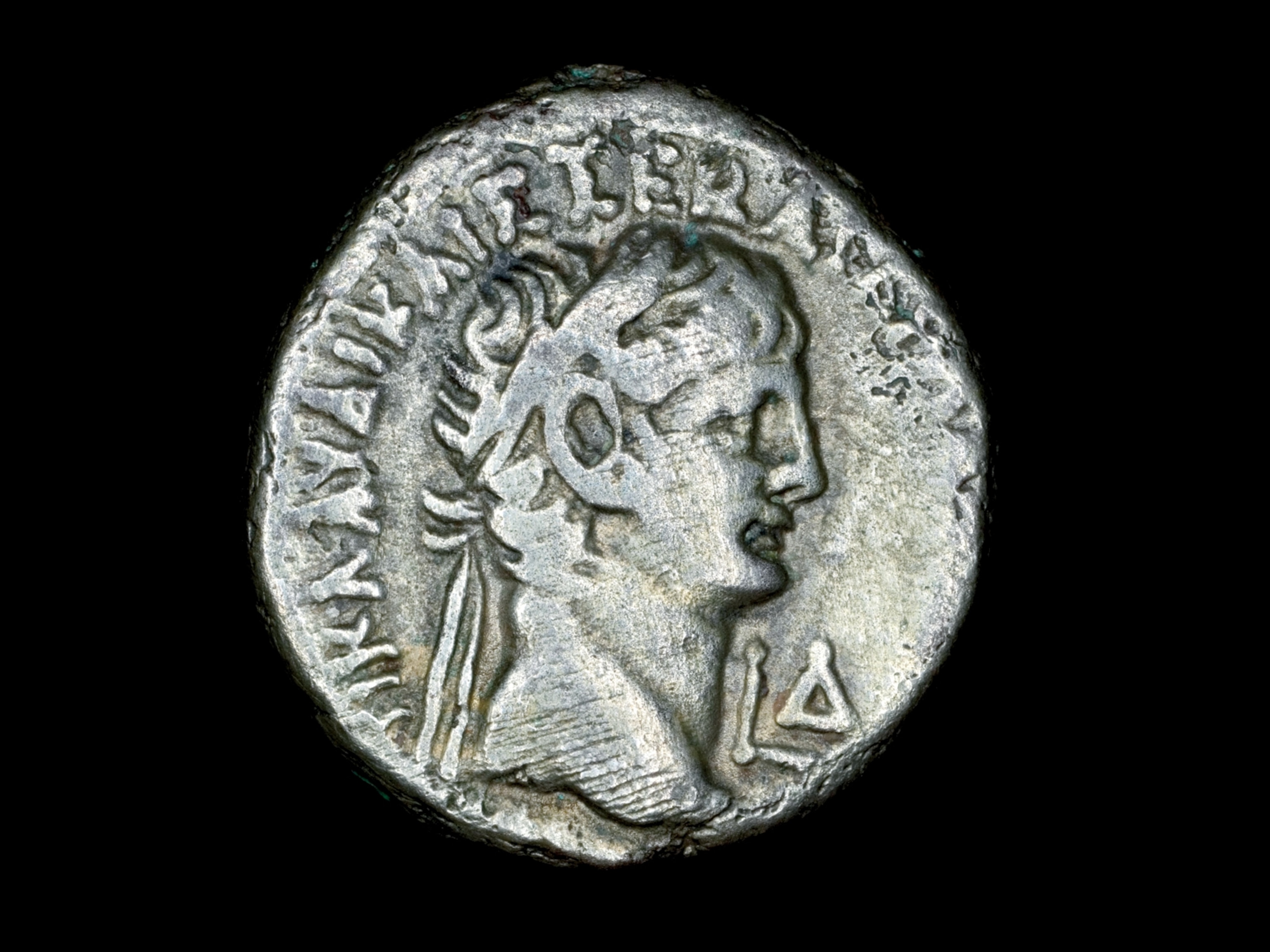Big, bad Boudica united thousands of ancient Britons against Rome
The Roman Empire's grip on Britannia was slipping when the Iceni queen's massive revolt scored several victories and burned London to the ground.

Rebel, queen, warrior, widow, mother, woman–Boudica had many roles in her life despite only appearing in two historical sources, both written by Roman historians. Her leadership of a massive uprising in A.D. 60 not only ensured her a central place in history, but also revealed the complicated relationships between the colonizing Romans and the local population of ancient Britain.
The early second-century work of the Roman historian Tacitus is one of only two written sources on Boudica. The other was written in the third century by historian Dio Cassius. Each provides details about the British uprising: the causes, the characters, and the outcomes. These events are conventionally dated from A.D. 60 to 61. Recent research, however, suggests the upheaval may have been over by late A.D. 60, as information in recently discovered Roman writing tablets indicate that Londinium was once again a thriving commercial center at this time. (Ancient Roman 'IOUs' were found underneath London construction site.)

Readers of the accounts of Boudica’s revolt are presented with different perspectives from the two authors. Tacitus presents both sides of the story by describing the provocations endured by the Britons. Although himself a member of the Roman elite, Tacitus was not an admirer of dictatorial government, and he uses the rebellion to question the manner in which the province was being managed. (Learn about Joan of Arc's role in the Hundred Years' War.)
One of the most vivid descriptions of Boudica comes from Dio Cassius:
[A]ll this ruin was brought upon the Romans by a woman, a fact which in itself caused them the greatest shame . . . the person . . . who directed the conduct of the entire war, was Buduica [sic], a Briton woman of the royal family and possessed of greater intelligence than often belongs to women.
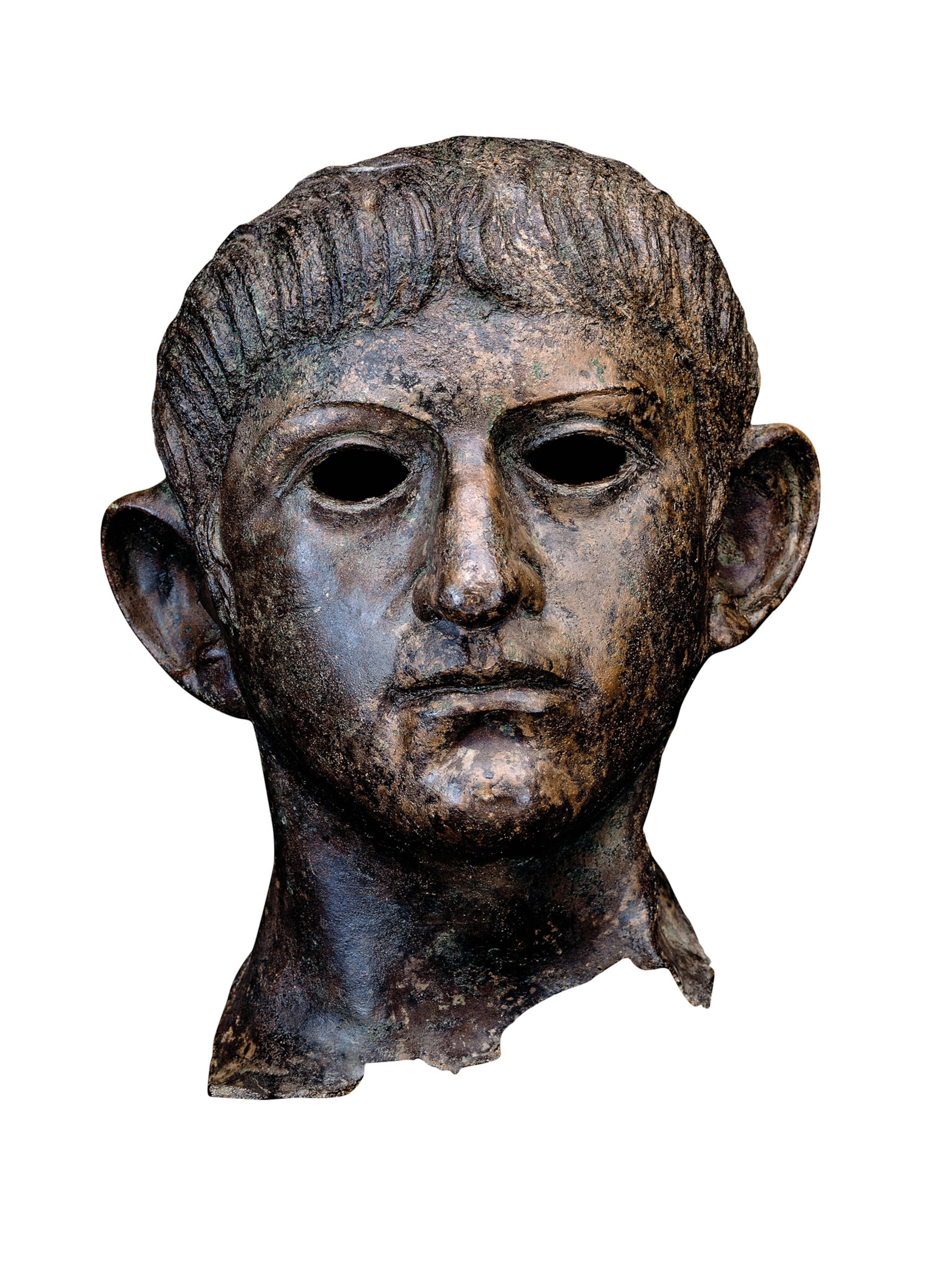
He recreated the moment when the British warrior queen spoke to a force of 120,000 people. Dio depicts her as tall and terrifying with fierce eyes. Standing on a platform, grasping a spear, an unbound mass of “tawny” hair falling to her hips, she rallied her people to fight against Rome. A golden torque—a symbol of high status in British Iron Age society—encircled her neck. Over her multicolored tunic, she wore a cape fastened by a brooch. (Anglo-Saxon golden treasures were discovered at Sutton Hoo in southern England.)
Dio’s writing is the only surviving detailed description of a Briton during Roman times, but it should be treated with caution. The source of Dio’s information is unknown: It may be largely an invention. Dio depicts Boudica’s behavior and appearance—her leadership, loud incitement to battle, and her stature—as outrageous for a woman by Roman standards. She grasps a spear, a martial aspect also deemed incompatible with feminine values. His depiction of her loose hair and colorful clothing was meant to shock audiences of his time, but he had no idea how later generations would embrace it. Writers, artists, and poets found inspiration in Boudica as a symbol of freedom, rebellion, courage, and the strength of Britain. (See some of history's other women warriors.)
Rome Comes to Britain
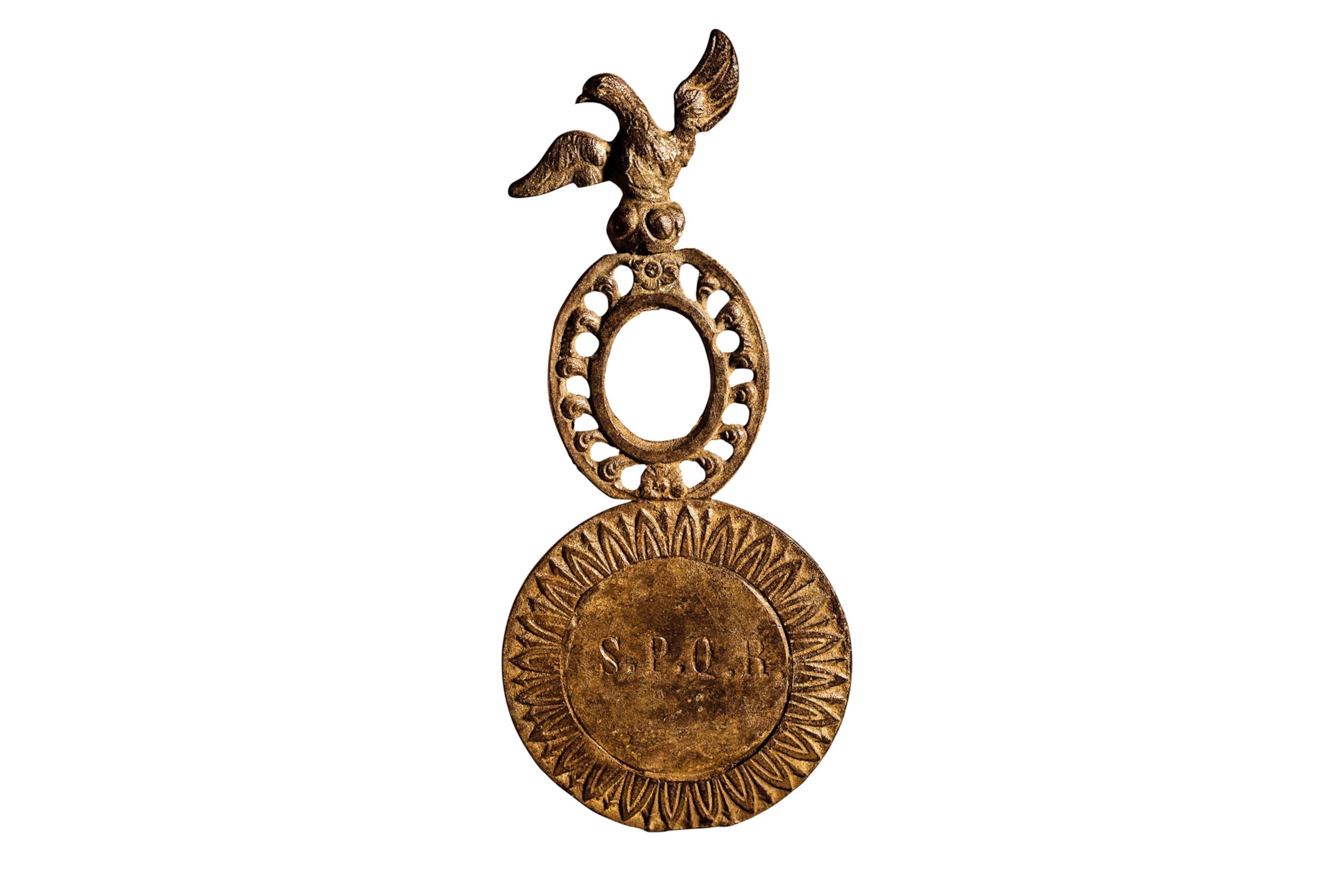
Although Julius Caesar was the first Roman general to set foot in Great Britain, the real occupation of the island began almost 100 years later during the time of the emperor Claudius. In A.D. 43 Roman legions disembarked on the Kent coast. They successfully pacified the Cantiaci (the Roman name for the tribes who lived in the area near modern-day Kent) and the Catuvellauni, who were based north of modern London and whose former capital the Romans called Verulamium (modern St. Albans). Soon Mona (Anglesey) after, Claudius arrived with more troops and was able to take control of Camulodunum (Colchester). Prasutagus, ruler of the Iceni, who lived in what today is East Anglia, collaborated with the Romans. By A.D. 60, however, when Suetonius Paulinus was campaigning in Wales, Prasutagus’s widow, Boudica, sparked a revolt alleging mistreatment at the hands of the occupiers. Her rebellion brought destruction down on three major Roman towns before she was routed at an unknown location in the Midlands.
Boudica’s Britain
In Boudica’s lifetime Britannia was a young Roman province. The Roman army had been campaigning there since landing a substantial military force in Kent in A.D. 43. Rome won a major victory then that resulted in the surrender of 11 British kings at Colchester in Essex. So important was this new territory that Emperor Claudius himself traveled from Rome to witness the victory, accompanied by important members of the Roman Senate and an entourage that included war elephants.
In the first century A.D. the population of ancient Britain was made up of a large number of independent peoples, or tribes. Boudica’s husband, Prasutagus, ruled the Iceni. Historians report that the pair were parents to two daughters and that Prasutagus was not hostile to Rome. Some scholars believe that the Romans may have appointed Prasutagus as a client ruler in their Icenian territory after the invasion of 43. If so, it is likely that both he and his family would have regarded themselves as allies of Rome.
Boudica’s husband died, and Roman officials were upset to learn that he had not bequeathed his holdings to Rome. Instead, he left half of his wealth and territory to his daughters and the other half to Emperor Nero. Indignant Roman imperial administrators ignored his final wishes. They seized all Prasutagus’s property. They publicly beat the widow Boudica and raped her daughters. These outrages against the Iceni and their queen enraged the people. Tacitus describes how a neighboring tribe, the Trinovantes, joined the Iceni. Many others followed soon after.
Temple of Doom

The historian Tacitus explains how the legionary veterans in Camulodunum (Colchester) inspired hatred among the Trinovantes in whose territory they settled. “The troops drove the Trinovantes from their homes and land and called them prisoners and slaves.” According to Tacitus, the Britons saw the colony’s great temple, dedicated to the emperor Claudius, as “a citadel of eternal domination.” When the rebels stormed the colonies, there was no defensive wall. All the Roman inhabitants could do was to shelter in the Temple of Claudius, which may not even have been completed. The colony fell rapidly to Boudica’s rebels, who destroyed the hated symbol and those within it.
In the speech attributed to her by Dio Cassius, Boudica rallies her forces and prepares them for war. She sets out the causes for the revolt:
[A]lthough some among you may previously, through ignorance of which was better, have been deceived by the alluring promises of the Romans, . . . you have learned how great a mistake you made in preferring an imported despotism to your ancestral mode of life, and you have come to realize how much better is poverty with no master than wealth with slavery.
She rails against Roman avarice and the heavy taxes levied against the population. Boudica then calls for unity among the people in this fight against tyranny:
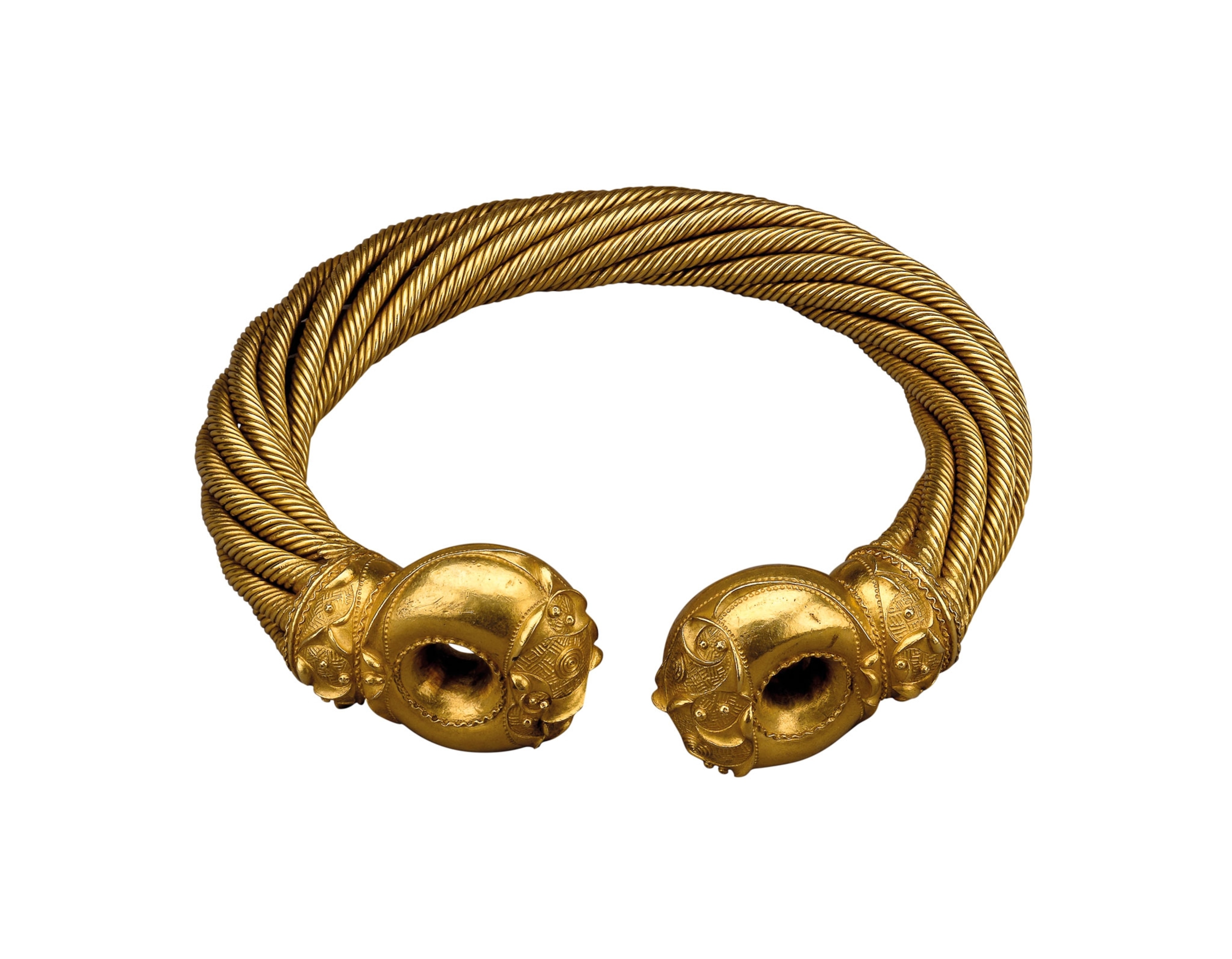
[L]et us, my countrymen and friends and kinsmen—for I consider you all kinsmen, seeing that you inhabit a single island and are called by one common name—let us, I say, do our duty while we still remember what freedom is, that we may leave to our children not only its appellation but also its reality. For, if we utterly forget the happy state in which we were born and bred, what, pray, will they do, reared in bondage?
United behind their queen, the Britons would rise up and savage several Roman settlements. (Zenobia, queen of Palmyra, also led a rebellion against Rome.)
The first victories
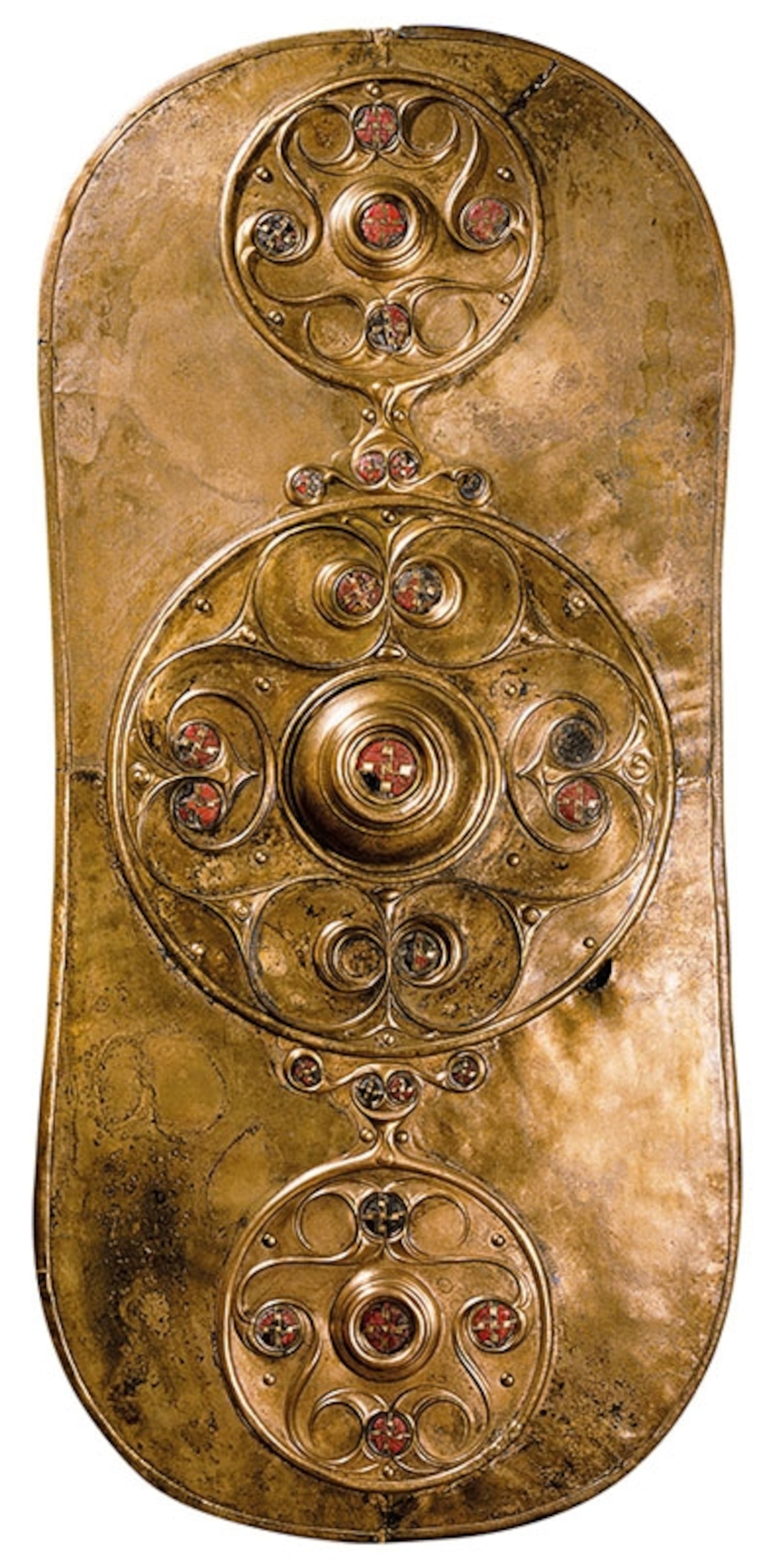
Boudica’s forces, which may have included female warriors, began their attack at Camulodunum, the Roman colony at Colchester in eastern England. This settlement was the principal cultural symbol of Roman power in Britain; here, Claudius had accepted the surrender of British kings in A.D. 43. Camulodunum had been the main Roman military base until A.D. 50, when the fortress was replaced by a Roman colony—a town with houses, public buildings, and industrial premises, frequented by traders.
The massive and impressive stone temple, built in classical Roman style and sacred to the cult of Claudius the Emperor, had been constructed at Camulodunum to commemorate his conquest. Boudica’s followers completely burned this edifice, leaving no stone standing. The bronze statue of the emperor Claudius that probably stood in a public space such as the forum in Camulodunum was furiously decapitated by the Britons. In 1907 the head was discovered in the River Alde in Suffolk, nearly 40 miles from Colchester, and is now displayed in the British Museum.
After ambushing and defeating a unit of the Roman Ninth Legion sent to protect the colony, the Britons moved southwest toward Londinium. Swiftly established on the banks of the Thames after A.D. 43, the future British capital city was the second most important urban center in the developing imperial province. With a population of perhaps around 9,000 people, it was founded as a trading port for bringing people and goods into Britannia. The Roman governor of Britannia, Gaius Suetonius Paulinus, marched to Londinium but decided not to engage the Britons in battle there. Many inhabitants fled before the settlement was ferociously laid to waste.
Tacitus described how the next settlement to fall to the ire of Boudica’s troops was Verulamium, a Roman town near what is today St. Albans in Hertfordshire. Whereas the already attacked Camulodunum was a colony of Roman citizens, and Londinium was the main port of the province with a population including many overseas traders, Verulamium was a “native” town. At this settlement, Britons who were allies of the Romans were constructing a new urban development on the Roman model.

Across London, Colchester, and St. Albans, archaeologists have uncovered thick layers of burning dating to A.D. 60, a testament to the fury of the British reaction to Roman domination. Tacitus wrote of the barbarous treatment of the townspeople by the Britons, remarking that it had been reckoned that a total of 70,000 Romans and provincials were killed at Camulodunum, Londinium, and Verulamium. (Elaborate thousand-year-old Roman mosaic uncovered near Boxford, England.)
Quashing the revolt
Suetonius Paulinus, Britannia’s governor, was a senior member of the Roman elite. Suetonius Paulinus was born in Rome and had served in other provinces before being appointed governor of Britain circa A.D. 58. Provincial governors in the Roman Empire were responsible for the management of the territory and military control.

Shortly before Boudica’s rebellion, Suetonius Paulinus had been called away to Mona, a druid stronghold on the large island of Anglesey off the northwestern coast of Wales. Tacitus described how the Romans were “welcomed” by black-robed women on the opposite shore who cursed the Roman soldiers as they attempted to cross the water. This attack on the Druids’ sacred island presumably escalated the anger felt by the Britons. When word reached him of Boudica’s revolt in southern Britain, the governor was then compelled to withdraw and head southeast.
After deciding not to engage with the rebels near Londinium, Suetonius Paulinus prepared to battle with Boudica at another site. He chose to deploy a force of around 10,000 men drawn from the 14th and 20th Legions, supplemented by auxiliary soldiers, in a valley backed by woodland. The Romans were outnumbered by the Britons, who were so confident of victory that they had stationed their families overlooking the battle site.
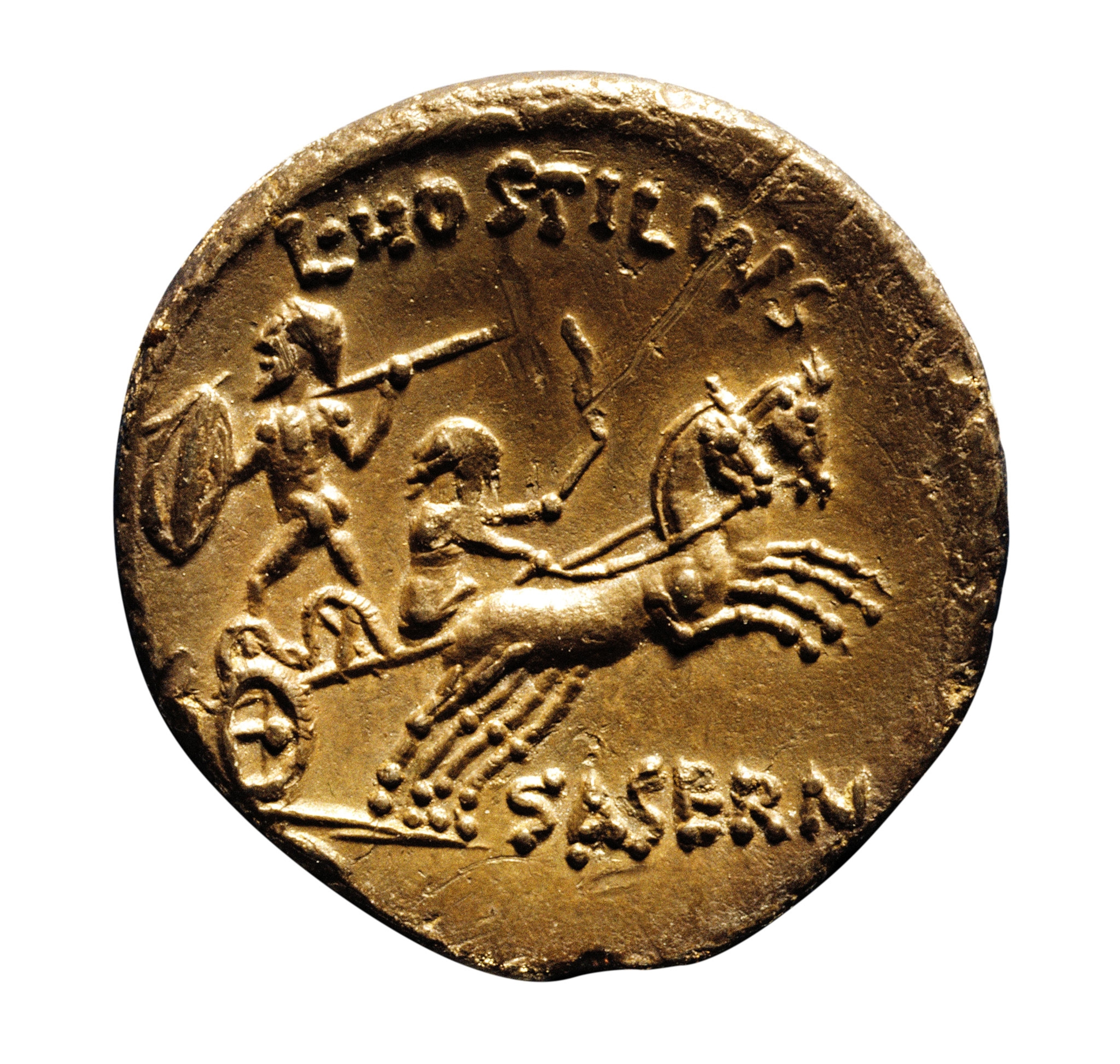
The exact location of the final battle has been the subject of speculation. It is likely that the clash took place in the Midlands of modern-day England, sometime after the Britons had sacked Verulamium and were moving northwest along the Roman highway known as Watling Street. Tacitus wrote that Boudica and her daughters drove around the battlefield in a chariot shouting to her armies to rile them up:
Behold the proud display of warlike spirits, and consider the motives for which we draw the avenging sword. On this spot we must either conquer, or die with glory. There is no alternative. Though a woman, my resolution is fixed: the men, if they please, may survive with infamy, and live in bondage.
The contest that followed was heated, as Dio Cassius described: “They contended for a long time, both parties being animated by the same zeal and daring. But finally, late in the day, the Romans prevailed.” Tacitus’s more detailed account gives the impression that Boudica’s passionate followers were effectively defeated by Roman discipline:
The Britons brought into the field an incredible multitude. They formed no regular line of battle. Detached parties and loose battalions displayed their numbers, in frantic transport bounding with exultation, and so sure of victory, that they placed their wives in wagons at the extremity of the plain, where they might survey the scene of action, and behold the wonders of British valour.
Apparently 80,000 Britons, including women, were killed, while Roman casualties amounted to around 400 dead and a few more wounded. Following their victory, the Roman military probably disposed of the British dead in large pits or incinerated their bodies. The only trace of this battle might be large pits filled with dismembered skeletons or broken weapons. Perhaps one day this place will be found.
Boudica’s fate
What happened to Boudica is unknown. Tacitus wrote that she poisoned herself. Dio Cassius’ account is very different. He wrote that Boudica fell ill and died, and was given an elaborate burial. From the 16th to the 19th century, generations of antiquarians searched for the burial place of the warrior queen, with targets including Stonehenge and even Charing Cross Station in London. There is, however, little information available about Iceni funerary rituals. Some tribes in Iron Age Britain placed their dead in special places to be desiccated by the elements rather than cremated or interred; if the Iceni followed this practice, then nothing would remain of the queen.
The Roman reprisals for the British rebellion were severe, and Tacitus described how settlements were ravaged by fire and sword. Although archaeological evidence of Roman actions after Boudica’s defeat has been difficult to find, recent excavations in London have located a fort in the city’s financial district. It was constructed to serve as the base for troops brought in from Germany to assist Suetonius Paulinus in his campaign to restore order to the province.
London's Commercial Conception

Londinium, modern-day London, was founded soon after Claudius’s troops began their conquest of Britain in A.D. 43. The settlement was located on the north bank of the River Thames, and a bridge linked it with the opposite bank. Tacitus described Londinium as “a place not dignified with the name of a colony, but the chief residence of merchants, and the great mart of trade and commerce.” While Camulodunum (Colchester) just over 50 miles away was an enclave of imperial prestige, Londinium was the focus of the province’s economic activity. Like Camulodunum, Londinium was initially unwalled and for that reason fell quickly when Boudica’s forces attacked.
Londinium recovered quickly. A letter from A.D. 62, referring to a consignment of goods to be transported from Verulamium to London, indicates that the market at Londinium had been swiftly rebuilt after its destruction by the rebels. In the aftermath Emperor Nero may have considered withdrawing Rome from Britain altogether, although he evidently changed his mind. (Cache of first-century skulls reveals secrets of Roman London.)
The rebellion’s immediate influence is uncertain: No written records of these events have survived apart from those of Tacitus and Dio Cassius. The Romans resumed their conquest of Britain, and by A.D. 84 the governor, Gnaeus Julius Agricola, had conquered much of the north. The Romans failed to conquer the Scottish Highlands and by the second century the province of Britannia came to comprise the area to the south of Hadrian’s Wall. (Rome kept expanding its borders to keep the empire growing.)

Boudica’s story may well have been forgotten were it not for the rediscovery of Tacitus’s writings in the 16th century during the European Renaissance of the arts. Rather than a savage, Boudica was regarded as a parallel to the reigning queen of England, Elizabeth I. The Victorians later reinvented Boudica as a valiant upholder of British nationhood. The most famous rendition of her from this period was the statue “Boudica and Her Daughters,” designed by Thomas Thorneycroft, installed at Westminster Bridge in London as an enduring symbol of British spirit and strength.

